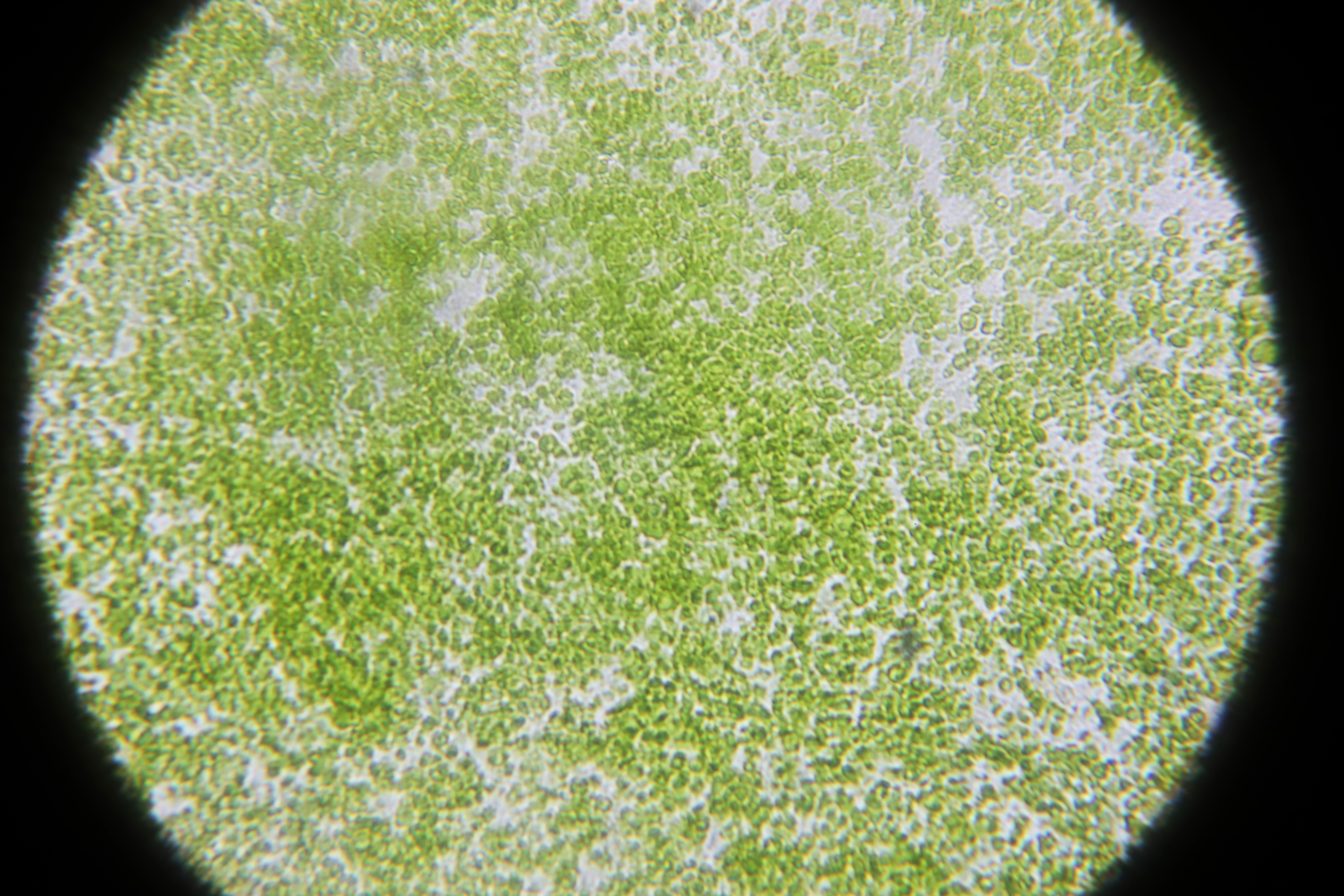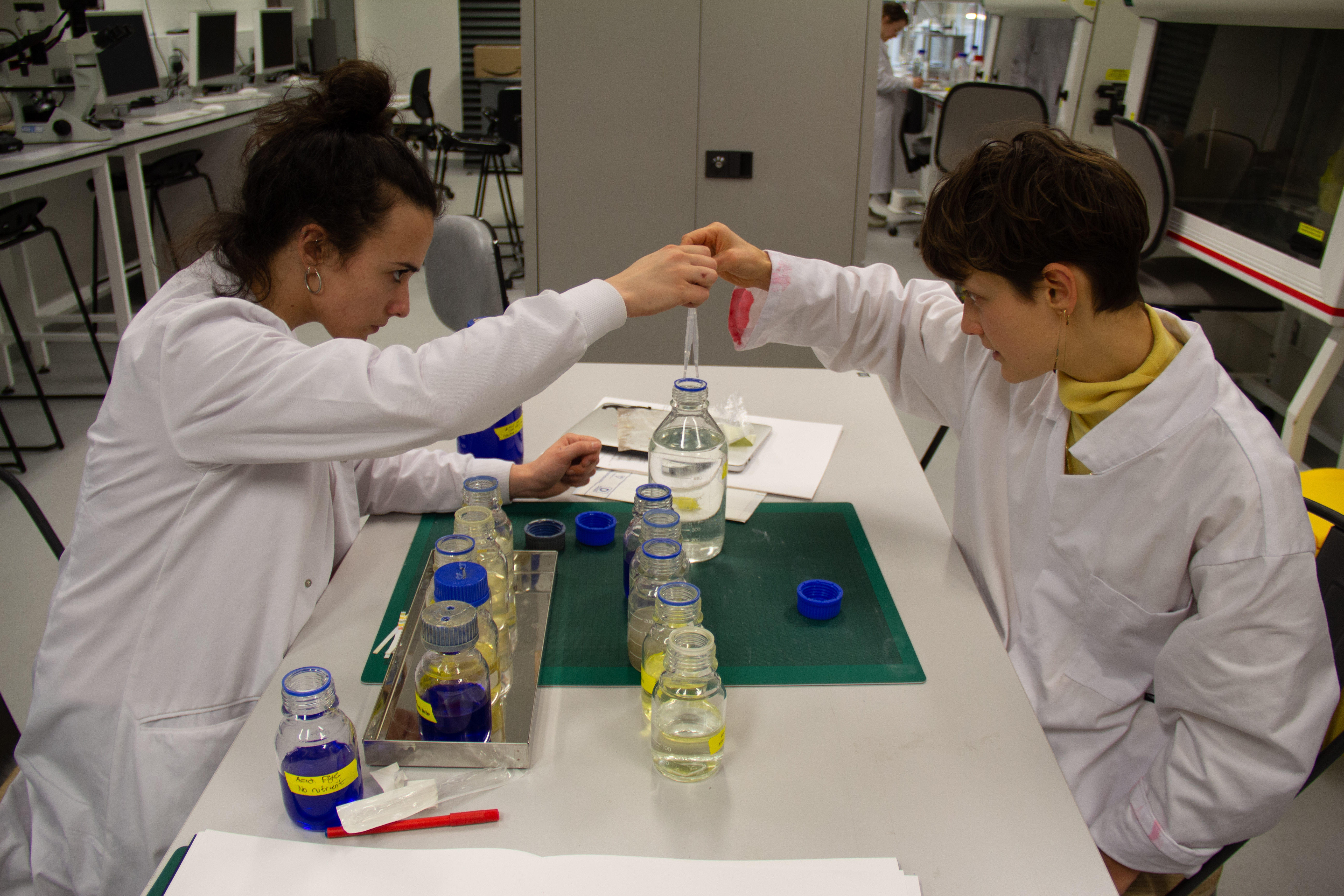ALGAL REMEDIATION
Using restorative design to clean London’s Regents Canal. Bioremediating water through phycormediation using upcycled materials.
Feb 2020This project was developed from a Parachlorella Kessleri strain, provided by Saul Purton, Head of the UK Algae Network (UCL). Amongst other characteristics, this strain is capable of simultaneously growing in and bioremediating polluted environments by digesting different contaminants. We tested variables of interest in terms of the type of wastewater stream, and environmental factors of our local context - the settings are summarised in the diagrams. The main concept we developed while narrowing our focus, was the bioremediation of heavy metals in Regent’s Canal (Central London).
Coming to the design of the bioreactor, the key focus points of our speculative proposal were the locality of its application, the materials coming from local waste streams, and the citizen science aspect in order to make this practice accessible and informative. The resulting structure is composed of used gin bottles from London distilleries, reused as modular bioreactor containers. The structure is designed to be set up on barges, in close contact with the canal, involving typical elements already found in the boating context, such as the ropes. It can be set up in the size and setting preferred by the user and inhabitant of the barge - interviews with potential users were conducted during the project, who were asked to freely show how they would place the object and where.



Parachlorella kessleri algae strain | Magnification: 10X, 20X, 40X
petri dishes: 9cm x 9cm

initial experiments to grow algae from soil samples










Drawings by Eleonora Rombolà
Project conducted with Cassandra Quinn, Carolina Kyvik Ruiz, Marie Melcore, and Eleonora Rombolà – MA Biodesign, CSM UAL
